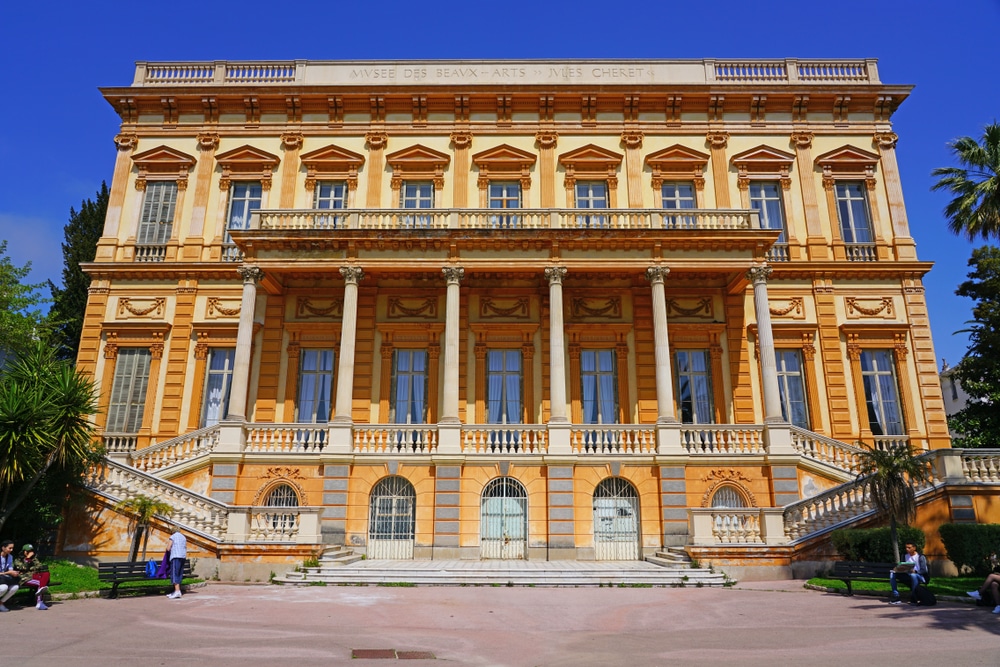Musée des Beaux-Arts

In Nice, visitors to the popular tourist destination have an extensive selection of art museums worth seeing. Particularly recommended is the Museum of Fine Arts (Musée des Beaux-Arts). There, fascinating paintings and sculptures can be admired, whose creative period extends from the 14th to the 20th century. The art museum is housed in a magnificent villa at 33 Avenue des Baumettes.
Origin of the Musée des Beaux-Arts
Since 1860 Nice was part of France. But there was no art museum there until then. When Emperor Napoleon III. (1808-1873) visited the city, he therefore suggested the creation of a museum. The French monarch even arranged for works of art from state collections to be loaned to the museum.
However, a separate building for a museum was not available in Nice. Therefore, the works of art were housed in the city's library, which was located on Rue Saint-Francois de Paule. Over time, the collection grew, causing space problems and the need to rent additional buildings. After moving the exhibits to different premises, it was finally decided in 1928 to create a special art museum in the former Villa Thomson, which has lasted to the present day.
The building of the Art Museum
The building, which today serves as the Museum of Fine Arts, was initially the residence of the Russian princess Elisabeth Kotschubei (1821-1897). She had come to Nice in 1878 and had a villa built in the Italian style. But while the construction work was still in progress, she sold the building to the American James Thomson. The latter commissioned the architect Costantin Scala to complete the villa. Thomson lived in the building himself until his death in 1897.
In 1925, the city of Nice was able to acquire the building and was thus able to establish the Musée des Beaux-Arts there. However, in order for the villa to be suitable as a museum, extensive renovation work had to take place first. On January 7, 1928, the art museum was inaugurated. Since 1976, it has been a listed building and is a landmark in its own right.
The exhibits
The Musée des Beaux-Arts focuses on works of art by French sculptors and painters. A special attraction is the 1540 painting "Crucifixion" by the Italian artist Agnolo Bronzino (1503-1572). There are also some Flemish and Dutch works of art in the museum such as the painting "Earth and Allegory of Water".
A whole room is devoted to the French artist family van Loo. These include works by Charles Andre van Loo (1705-1765), court painter to King Louis XV, such as the painting "Marriage to a Virgin."
Works of the 19th and 20th centuries
Visitors can admire numerous works of the 19th and 20th centuries at the Musée des Beaux-Arts. These include, for example, four imposing paintings by Nicaise de Keyer (1813-1887) in the staircase or by the Post-Impressionist Pierre Bonnard (1867-1947).
Works by the important painter Claude Monet (1840-1926) are also part of the art museum's offer. Likewise, various sculptures by Auguste Rodin (1840-1917) or Francois Rude (1784-1855) can be viewed. Another special attraction of the Musée des Beaux-Arts are 75 works from the estate of Michel de Tarnowsky (1870-1946).